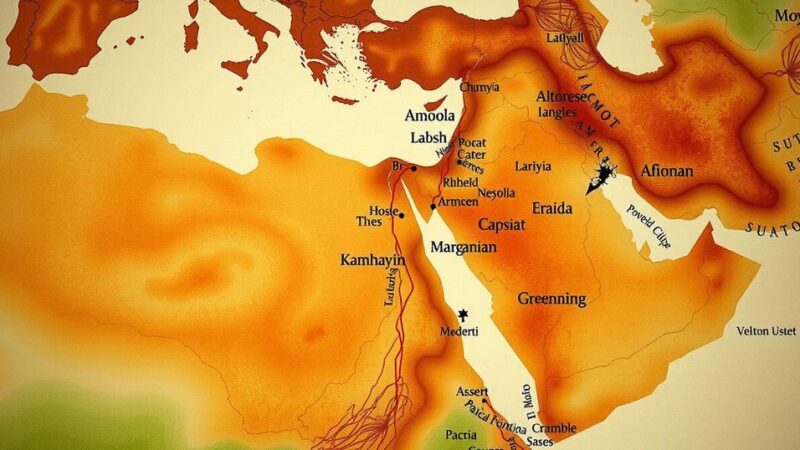On November 7, 2024, a 5.0-magnitude earthquake struck Peru, followed by a 4.4-magnitude quake in California. This sequence was part of a series of recent earthquakes including significant tremors in Greece and Hawaii, highlighting a notable increase in seismic activity globally in a short timeframe.
On November 7, 2024, a significant seismic event, measured at 5.0 on the Richter scale, occurred in Changuillo, Peru. The United States Geological Survey (USGS) reported the earthquake at a depth of 54.8 kilometers (approximately 34 miles), prompting 481 individuals to report having felt the tremor. This event was immediately succeeded by a 4.4-magnitude earthquake in California, centered in Borrego Springs at a comparatively shallow depth of 9.8 kilometers (around six miles). A chain of seismic activities unfolded over the preceding days, including a 4.4-magnitude earthquake in Greece, which had occurred on November 5, 2024, at a deeper level of 82.3 kilometers (about 51.1 miles) in Chalandrítsa. This event was linked to a subsequent 4.8-magnitude quake in Hawaii on the same day, located in Pāhala at a depth of 38.4 kilometers (approximately 23.9 miles). Additionally, on November 4, a 3.3-magnitude earthquake had already rattled California, based in Anza at a depth of 12.1 kilometers (around 7.5 miles). These seismic activities also included a 4.3-magnitude earthquake reported in Chile on November 3, centered in La Serena at a depth of 46.1 kilometers (about 28.65 miles). The recent occurrences illustrate not only individual seismic events but also a pattern of heightened global seismicity over this brief period, as recorded by the USGS.
Understanding recent earthquake patterns is crucial for assessing geophysical threats. Earthquakes are natural phenomena resulting from the movement of tectonic plates. The data provided by the United States Geological Survey (USGS) is instrumental in monitoring these occurrences and gauging their impacts. Analyzing the magnitude, depth, and geographical distribution of earthquakes assists in developing preparedness strategies for affected regions.
In conclusion, the series of earthquakes recorded recently, including significant events in Peru, California, Greece, and Hawaii, underscores the dynamic nature of seismic activity worldwide. The data provided by the USGS illustrates the interconnectedness of these events and the importance of continuous monitoring in ensuring public safety and awareness.
Original Source: www.iheart.com






